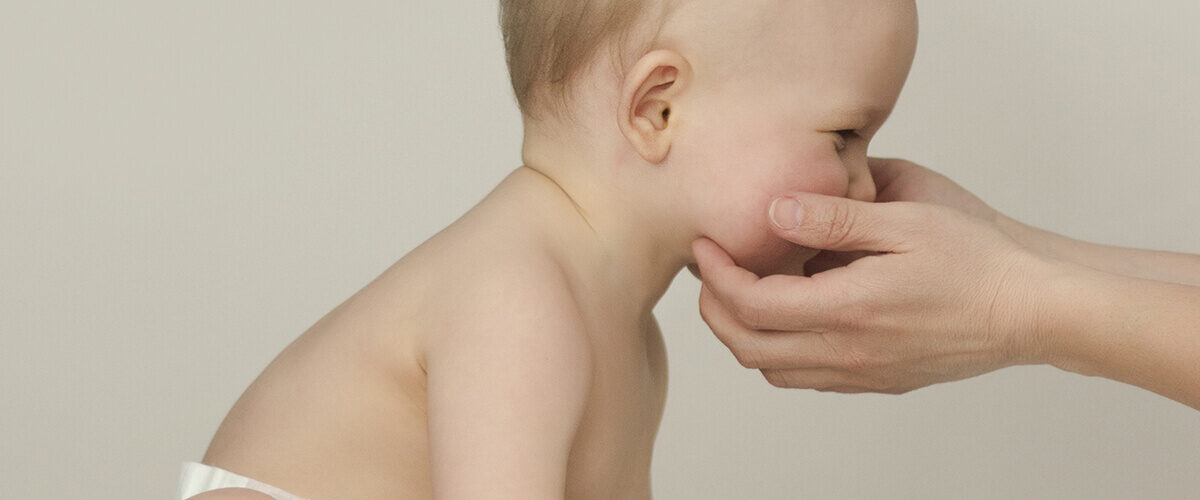What is torticollis?
It is also known as a wry neck. It is a condition in which the neck is tilted. The head tilts to one side and the chin to the other side. Torticollis is the fusion of two words ‘torttis’ meaning twisted and ‘collum’ meaning neck. This is the most common condition seen among babies.
It is a condition that can be congenital through birth or acquired in the course of life. It can also occur temporarily due to trauma, injury, accident, or ear infection or permanent if there is a muscular or bone defect. Such conditions occur if there is the elongation of the muscle, scarring, or tightening of the neck muscle.
Symptoms
- Neck pain.
- Unable to move or tilt the head to the unaffected side.
- Swollen neck muscle.
- Shoulder inaccuracy.
- Thickening and shortening of the sternocleidomastoid muscle.
Evaluation and examination
In the case of the congenital case, the baby the position and surroundings are examined which shows any possibility of trauma. For an acquired case the proper case history evaluation is been done. Radiographs of the spine and MRI are the most common diagnosis suggested.
Can it be resolved?
Yes, it can be resolved if given appropriate treatment at the right time. It is more likely to be conservative rather than surgical. Medication is always the first choice but the most common way can be physical therapy.
Treatment
Manual therapy
Manual therapy involving stretching is proven very effective even in the case of congenital as well as acquired. There can be two types of stretching involved active as well as passive. Active in which the therapist and a person are involved for manually stretching and passive in which certain types of enforcements are been done to prevent the stretching of the neck.
Kinesio taping
It is another form of therapy in which there is the taping of the sternocleidomastoid muscle is done from the unaffected to affected or from the origin to insertion. It is said that it may reduce the duration of the treatment.
Education and counseling
Various counseling sessions can be conducted in case of prevention for the parents to be alert and care to be taken and also for the patients which might build up motivation and hope to live the normal life.
The preventative measures can be;
- The grasp toys should be kept on the non-preferred side of the baby
- A thin blanket can be placed on a firm surface with the toys over them later the baby should be placed over tummy which will help them lift their head
- The babies head should always be held while lifting them
- Encourage the baby to reach with the non-preferred hand
Wryneck specialized exercise
The various exercise which involves sensory trick training, rotations,, head pulls are carried out to help ease out the muscular tension. While the drill is to always get it done under expert guidance and professional help
Postural correction and control
The patient is made to do certain exercises which help them correct the posture which causes to increase the range of motion and relieves the stiffness involved leaving the patient free of pain
Massages
Various massage are also given by simply had movements and gently pressing over the area which can provide relief
Ergonomic classes
Various social groups carry out ergonomic classes to provide the home-based exercises or routine which helps the patient to consistently carry out their daily activities without any disturbance and ease.
What to expect after the treatment?
- The patient tends to lose all the motor skills if affected by torticollis, the therapy helps to gain back the motor skills.
- It relieves muscle stiffness and increases the range of motion.
- The overall neck muscle strengthening may occur
- Due to neck stiffness, there is the preferred area formation for the patient due to comfort level, they become well trained to use both of their body restoring coordination and balance.
Conclusion
Physical therapy marks being the primary treatment for the torticollis condition. Any well-trained pediatric physical therapist or occupational therapist can help to provide healing. The important part is getting it diagnosed as early as possible which will give the best outcomes. Any negligence can, later on, increase the problem. So, get aware as if ignored it can become a permanent problem. The therapy advances are gone so far that there is less needed to worry and one should be more open to the treatment.


